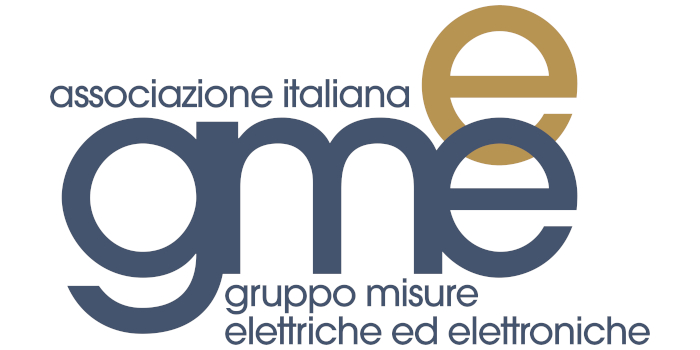SPECIAL SESSION #05
AI-Driven Metrology for Next-Generation Automotive Systems
ORGANIZED BY
Valentina Bianchi
University of Parma, Italy
Ilaria De Munari
University of Parma, Italy
Giovanni Chiorboli
University of Parma, Italy
SPECIAL SESSION DESCRIPTION
Artificial Intelligence (AI) is transforming automotive metrology by delivering unprecedented levels of accuracy, automation, predictive capability, and real-time decision-making. From advanced sensor calibration to AI-driven inspection systems, from battery diagnostics to autonomous vehicle perception metrology, AI introduces transformative tools that surpass traditional measurement and evaluation approaches.
This special session will showcase cutting-edge AI methodologies, frameworks, and applications that advance automotive metrology across manufacturing, onboard sensing, and embedded systems. It aims to bring together researchers and practitioners from AI, automotive engineering, and measurement science to discuss breakthroughs, challenges, and future research directions.
By addressing these topics, the session seeks to accelerate the adoption of intelligent metrology frameworks in next-generation vehicles.
TOPICS
Submissions related to AI-driven metrology for automotive applications are welcomed, including but not limited to:
- Machine learning for sensor calibration and drift compensation;
- AI-driven uncertainty quantification for automotive systems;
- AI-enhanced perception metrology for ADAS and autonomous vehicles;
- Neural networks for multi-sensor fusion and measurement uncertainty reduction;
- AI for EV charging systems and energy flow measurement including battery and supercapacitor monitoring, and SoC/SoH estimation;
- Intelligent calibration of electric motors, inverters, and power electronics;
- AI-assisted ground-truth generation for simulation and sensor datasets;
- Edge AI implementation of monitoring and processing algorithms in automotive embedded platforms.
ABOUT THE ORGANIZERS
Valentina Bianchi (Senior Member, IEEE) received the B.Sc. and M.Sc. degrees in Electronic Engineering and the Ph.D. degree from the Department of Information Engineering, University of Parma, Parma, Italy, in 2003, 2006, and 2010, respectively. She is currently an Associate Professor with the Department of Engineering and Architecture, University of Parma.
She has participated in numerous national and international research projects and has authored or coauthored more than 70 papers in international journals and conference proceedings.
Her current research interests include the design and validation of sensors for electrochemical and agri-food applications, as well as for human activity recognition. She is also active in the development of systems for state-of-charge estimation of batteries and supercapacitors. In addition, she works on the design of digital systems implemented on field-programmable gate arrays (FPGAs) and microcontrollers, with a particular focus on on-edge artificial intelligence.
Prof. Bianchi serves as an Associate Editor of the IEEE Transactions on Instrumentation and Measurement.
Ilaria De Munari (Senior Member, IEEE) received the M.Sc. degree in electronic engineering and the Ph.D. degree in information technologies from the University of Parma, Parma, Italy, in 1991 and 1995, respectively. In 1997, she joined the Department of Information Engineering (now the Department of Engineering and Architecture), University of Parma, as an Assistant Researcher, becoming an Associate Professor of electronics, and, in 2024, a Full Professor.
She has authored or coauthored more than 100 articles in international journals and conference proceedings. Her past research activities include the reliability of electronic devices and the design of electronic systems for active assisted living, in the context of which she participated in several European projects.
Her current research interests include digital system design, with a particular focus on electronic systems for electrochemical applications, human activity recognition, and battery state-of-charge estimation using machine learning techniques
Giovanni Chiorboli received the M.S. (cum laude) degree in electronic engineering from the University of Bologna, Italy, in 1987.
He is currently an Associate Professor of electronic measurements with the University of Parma, Parma, Italy. His research interests include electronic instruments and sensors, analog-to-digital and digital-to-analog modeling and testing, and electrical characterization of semiconductor devices.







